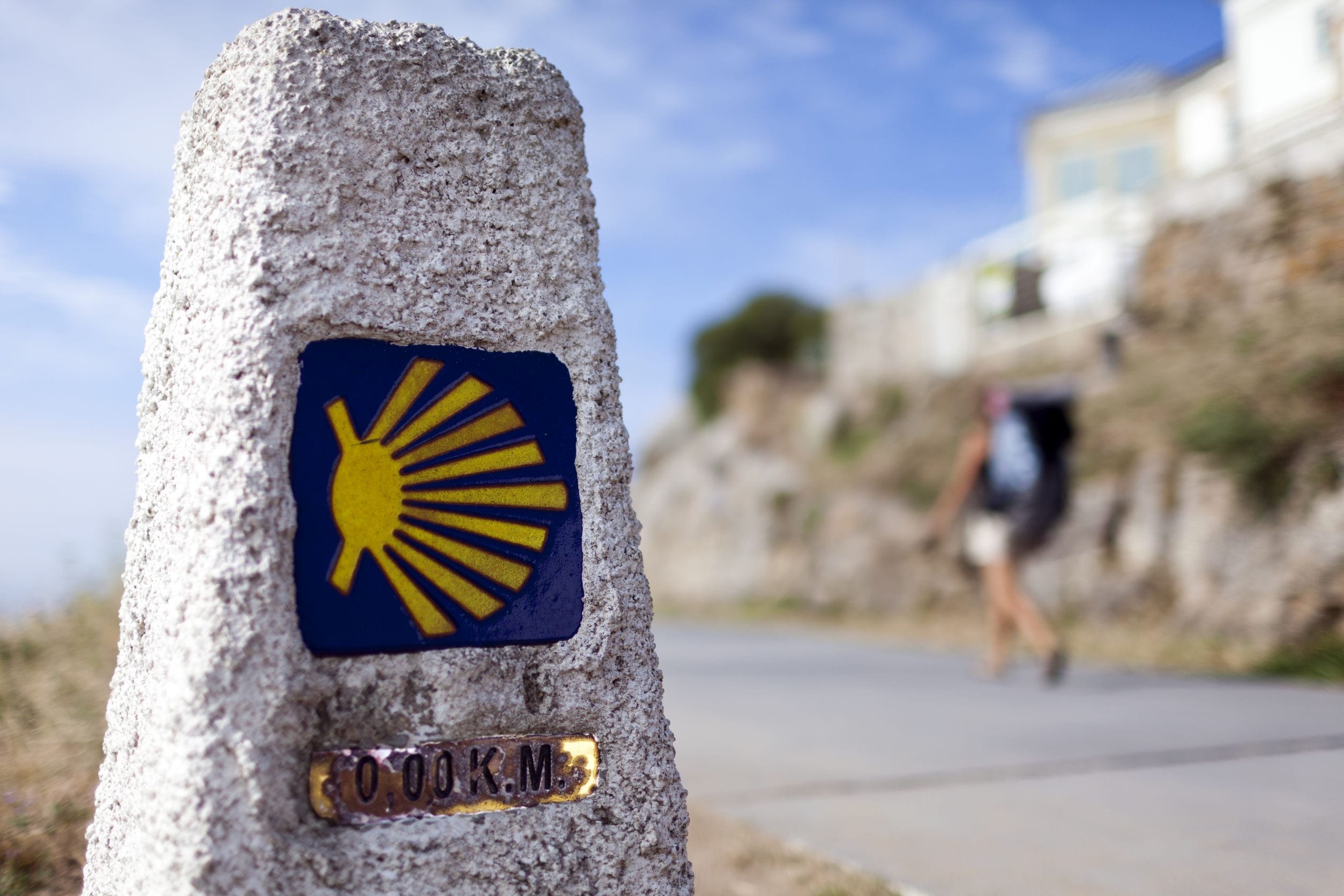
Route Overview
Where is the Camino Frances?
The Camino Frances (AKA the French Way, The Way, St James Way, The Way of the Francs) is the final and most popular section of the Camino De Santiago, and is situated in the Galicia region of Spain. Taken by both secular and spiritual pilgrims for over 1000 years, the route leads to Santiago de Compostela (St. James of the Field of Stars), believed to be the burial site of Saint James the apostle. Starting in Saint Jean-Pie De Port, the Camino runs across the Pyrenees and continues through north to the finishing point of Santiago de Compostela. The Camino Frances also passes through the cities of Pamplona, Logrono, Burgos and Leon.
Why should you walk the Camino Frances?
Many people choose to walk the Camino Frances for a myriad of reasons. Some pilgrims walk for religious reasons, to ‘atone for their sins’, or as an act of devotion toward St. James. Some walk the Camino because they are at a turning point in their life, or as an opportunity to look inwards and find a sense of spirit and self. Some people walk it for the physical challenge or sense of adventure. The Camino can be a challenge, but Hillwalk Tours offer itineraries under three categories: Gentle, Moderate, and Challenging. If you book with us, you know you will have the option to tailor your trip to your physical ability.
The Camino Frances also gives you the opportunity to pass through some of Spain’s most beautiful scenery. These picturesque landscapes include the astonishing Pyrenees mountains, the La Rioja vineyards, and the rolling green hills of Galicia.
The experience of the Camino Frances is one of Camaraderie. You will meet other pilgrims from all around the world, creating lasting memories as you walk together in the footsteps of Pilgrims that have done so for centuries.
Another reason to walk the Camino Frances is to experience the culture of Spain, or specifically Galicia, with it’s delicious food and wine, and it’s unique culture.
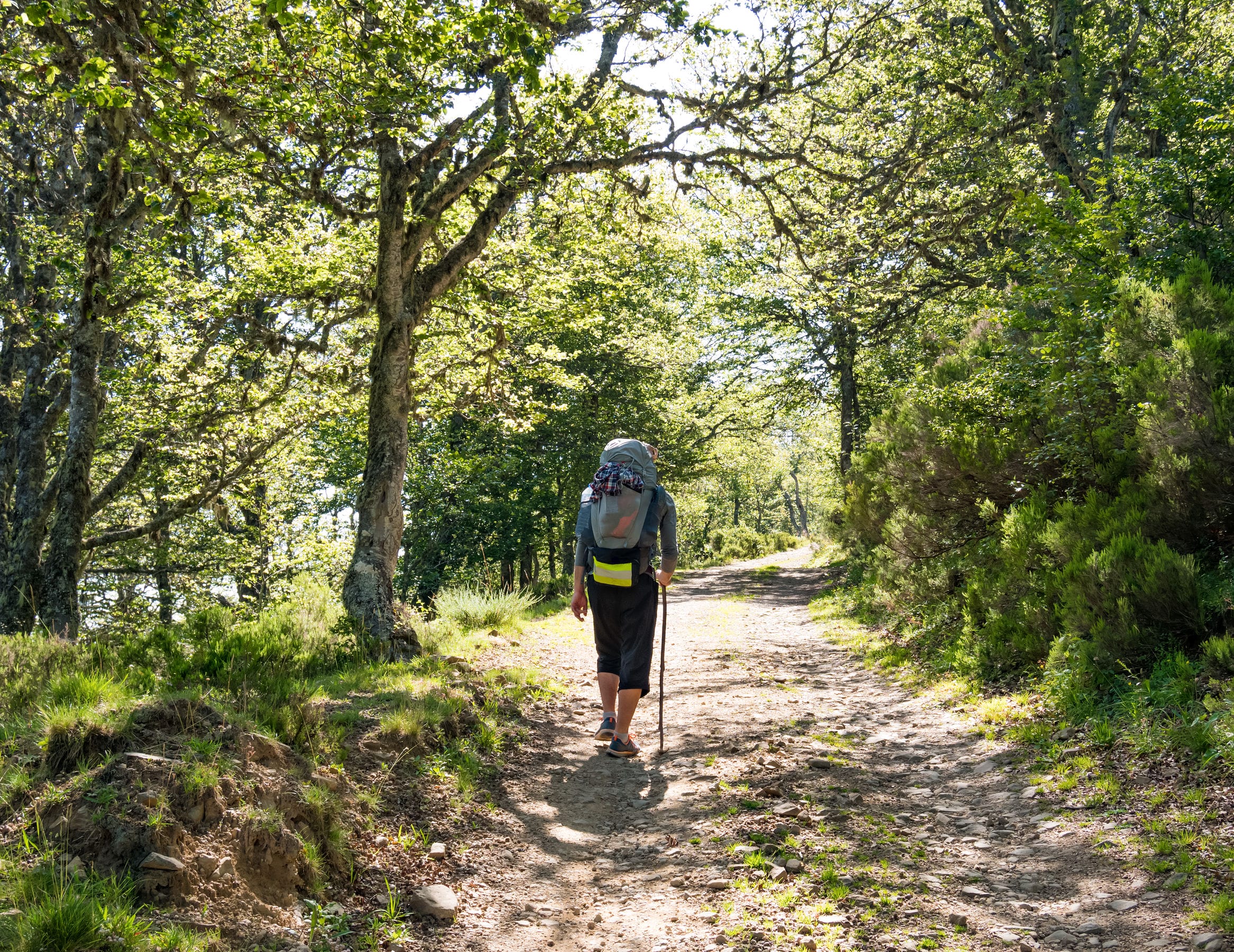
When is the best time to walk the Camino Frances?
It is important to note that although the Camino is in Spain, the Galicia region can be actually quite rainy. It doesn’t get it’s beautiful, lush green hills from nowhere! For that reason, the most popular time to walk the Camino Frances is between March and October when the weather is generally warmer and dryer.
If crowds are an issue for you then you may want to avoid the peak season. This occurs during the summer months so if you want a quieter path, then you could walk during the shoulder seasons of March-May or September-October.
Although these seasons may be wetter and cooler, they are arguably a more beautiful time to walk the Camino, with a bright blanket of wildflowers blooming in the spring and the changing colours of the leaves in autumn.
How long does it take to hike the Camino Frances?
The entire Camino Frances is almost 800km in length and can be completed within four to five weeks. This depends on your pace, your level of fitness, and what activities and attractions you may like to visit along the way.
At Hillwalk Tours, we understand that not everyone may have 4-5 weeks to complete the entire trail, which is why we focus on and offer walking tours from the last 160km of the trail, and the most popular section of the Camino Frances.
In order to obtain their Compostela, the official Camino de Santiago Pilgrimage Certificate, pilgrims must complete at least the last 100km of the Camino. Our walking tours offer a choice of starting points, difficulties and route lengths on the last 160 km of the Camino Frances. Statistics from the Pilgrims Office state that 4% of walkers begin their Camino from O Cebreiro (160 km) while 25% of pilgrims start their journey to Santiago de Compostela in Sarria (114 km).
In addition we also offer Gentle, Moderate and Challenging tour grading levels depending on the balance of physical challenge and comfort level that you require. Within these levels, you can choose between 4 to 13-day hiking tours to complete the full trail or part of it. All you have to decide is how many kilometres/miles you would like to walk per day and we’ll take care of the rest!
Tour Route
Types of Trails
Choosing the right hiking tour for you can be, at times, tricky. It is always important to consider your own physical capability and comfort levels.
For example, at Hillwalk Tours, we have grouped each trail route we offer into three categories depending on personal preference and fitness levels. These are – Gentle, Moderate, and Challenging. Each of these categories, depending on the destination, will include anything from 4 to 13-day itineraries, with customers given the option to add rest days where they see fit.
Our Gentle hikes are perfectly suited for those who would consider themselves as a part-time hiker. This would be for those enjoy taking photos and meeting locals while taking in the spectacular scenery. Our Moderate hikes will suit people who are used to regular exercise and appreciate the opportunity of covering plenty of ground each day without going beyond their limits. Finally, our Challenging hikes are for hikers who look to set off early in the morning and not stop until they have reached their destination.
With regards to our Camino Frances trail, we offer Gentle, Moderate, and Challenging hikes. Each of these hiking categories cover the following average hiking distance and time each day:
Gentle: 10-14km or 6-9 miles and between 3-5 hours per day
Moderate: 17-20km or 11-12 miles and between 5-7 hours per day
Challenging: 23-29km or 14-18 miles and between 6-9 hours per day
Hillwalk Tours Guide Notes
If you decide to walk the trail with Hillwalk Tours, you will receive a detailed walking pack once you have fully booked your hiking holiday. This walking pack will include detailed Ordnance Survey (OS) maps and unique route notes and walking directions written and constantly updated by our route development team. By personally walking each trail and creating our own detailed route notes, it allows us to provide more itineraries, route options and alternatives than what you will typically find across generic guidebooks. It also includes GPS tracks meaning you will never have to worry about getting lost.
Alternatively, serveral off-the-shelf guidebooks covering the Camino Frances can be found.
Starting and Finishing Point
The pilgrim trail starts in the picturesque Basque town of Saint Jean-Pie De Port and ends a Santiago de Compostela, said to be the final resting place of Saint James. Saint Jean-Pie De Port is an old town brimming with character, with narrow winding streets and traditional Basque architecture. Santiago de Compostela is a city dating back as far as the middle ages, with many examples of Baroque and Gothic architecture. Aside from the iconic and beautiful Santiago de Compostela Cathedral, there are many noteworthy churches, monasteries and places to explore.
Public transport is readily available at all points on the Camino. The route is well serviced by bus and train. It is common for pilgrims to hop on a bus or train for sections of the Camino. In areas where there is no bus or train service, taxis should be readily available.
Sample Camino Frances Itineraries
The following are examples of Hillwalk Tours Gentle, Moderate and Challenging itineraries of hiking the last and most popular section of the Camino Frances.
Gentle 6-Day
Day 1: Arrival in Melide
Day 2: Melide – Arzua (9 Miles / 14.5 Km)
Day 3: Arzua – Arua (11 Miles / 18 Km)
Day 4: A Rua – Lavacolla (7 Miles / 11 Km)
Day 5: Lavacolla – Santiago de Compostela (6.5 Miles / 10 Km)
Day 6: Departure from Santiago de Compostela
Gentle 7-Day
Day 1: Arrival in Palas de Rei
Day 2: Palas de Rei – Melide (9.5 Miles / 15 Km)
Day 3: Melide – Arzua ( 9 Miles / 14.5 Km)
Day 4: Arzua – A Rua (11 Miles / 18 Km)
Day 5: A Rua – Lavacolla (7 Miles / 11 Km)
Day 6: Lavacolla – Santiago de Compostela (6.5 Miles / 10 Km)
Day 7: Departure from Santiago de Compostela
Moderate 8-Day
Day 1: Arrival in Sarria
Day 2: Sarria – Portomarín (13.7 Miles / 22 Km)
Day 3: Portomarín – Palas de Rei (14.9 Miles / 24 Km)
Day 4: Palas de Rei – Melide (9.3 Miles / 15 Km)
Day 5: Melide – Arzua (9 Miles / 14.5 Km)
Day 6: Arzua – A Rua (11.2 Miles / 18 Km)
Day 7: A Rua – Santiago de Compostela (13 Miles / 21 Km)
Day 8: Departure from Santiago de Compostela
Challenging 9-Day
Day 1: Arrival in O Cebreiro
Day 2: O Cebreiro – Triacastela (13 Miles / 21 Km)
Day 3: Triacastela – Sarria (11.2 or 15.5 Miles / 18 or 25 Km)
Day 4: Sarria – Portomarín (13.7 Miles / 22 Km)
Day 5: Portomarín – Palas de Rei (14.9 Miles / 24 Km)
Day 6: Palas de Rei – Arzua (18.6 Miles / 30 Km)
Day 7: Arzua – A Rua (11.2 Miles / 18 Km)
Day 8: A Rua – Santiago de Compostela (13 Miles / 21 Km)
Day 9: Departure from Santiago de Compostela
Moderate 10-Day
Day 1: Arrival in O Cebreiro
Day 2: O Cebreiro – Triacastela (13 Miles / 21 Km)
Day 3: Triacastela – Sarria (11.2 or 15.5 Miles / 18 or 25 Km)
Day 4: Sarria – Portomarín (13.7 Miles / 22 Km)
Day 5: Portomarín – Palas de Rei(14.9 Miles / 24 Km)
Day 6: Palas de Rei – Melide (9.3 Miles / 15 Km)
Day 7: Melide – Arzua (9 Miles / 14.5 Km)
Day 8: Arzua – A Rua (11.2 Miles / 18 Km)
Day 9: A Rua – Santiago de Compostela (13 Miles / 21 Km )
Day 10: Departure from Santiago de Compostela
Hillwalk Tours Camino Frances Map
Camino Frances Terrain
Waymarking
Being an old walking trail, the Camino Frances is a well waymarked path. The official symbol of the Camino De Santiago is the scallop shell and is used to indicate that you are on the right path. There are also yellow arrows you will find painted on walls and roads along the way, particularly at locations the path is not as clear.
If you are ever in doubt, you can also check the Hillwalk Tours turn by turn directions and route notes including GPS coordinates provided in your walking pack. We also supply all you need to know about local information and history as you pass, along with trail alternatives and other activities.
Difficulty
The Camino de Santiago is considered to be a gentle to challenging hike. The trail can be difficult at times, but as stated earlier in this article, the trail can be taken at three different levels of walking to suit your needs. We personally walk the trails and create these custom itineraries to suit all walkers.
Sights & Attractions
Santiago De Compostela
The final destination of all the Camino de Santiago routes offers more than just the famous cathedral, with its shrine to St. James. Explore the squares and narrow streets of Santiago’s Old Town, a UNESCO World Heritage site, considered to be one of the world’s most beautiful urban areas.
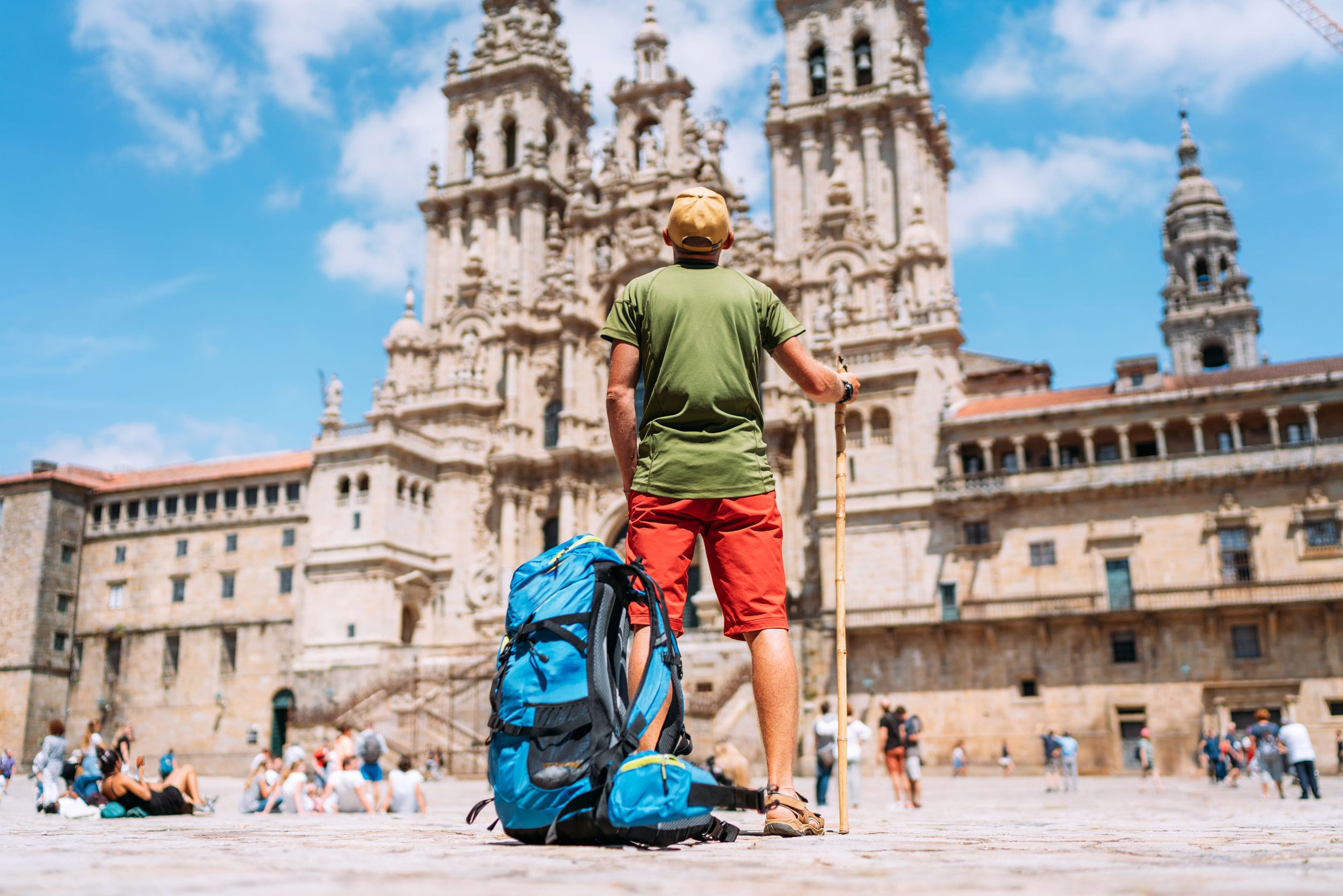
Sarria
Sarria is used as a starting point for many pilgrims as it’s just over 100km from Santiago. This is significant as you must walk the final 100km in order to receive your Pilgrim certificate (Compostela). The town itself is charming and historic, with a picturesque old quarter. Alongside this, there is the 13th Century church Iglesia de Santa Mariña and the 16th century palace Pazo de Sarria to be found.

La Rioja Vineyards
Some of the worlds most famous wines originate in these vineyards. Mainly known for it’s reds – Rioja and Tempranillo in particular – the wines produced here are diverse in their flavour profiles. The region is also known for it’s delicious cuisine, including stuffed mushrooms, piquillo peppers and delicious tapas.
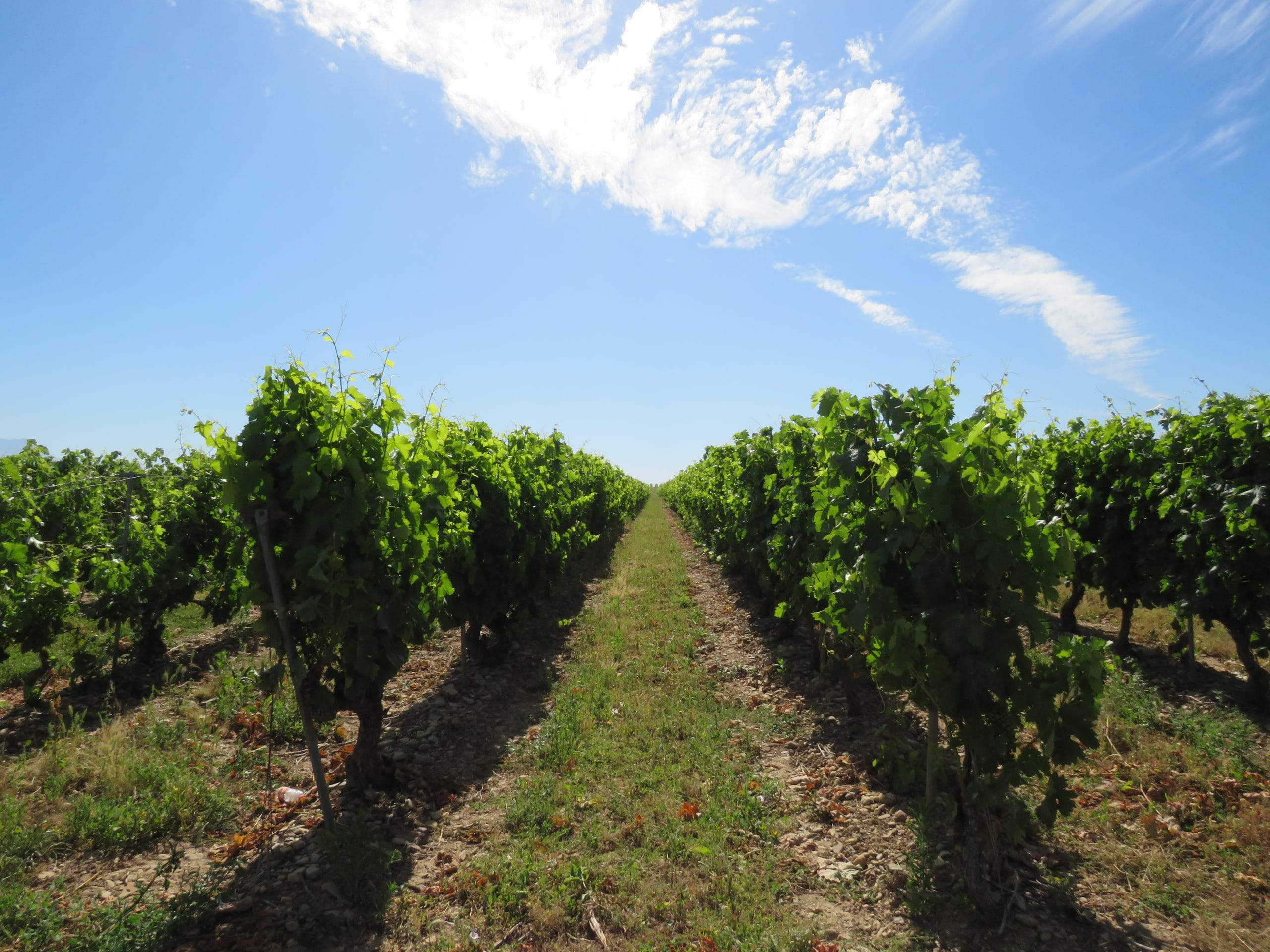
Samos Monastery
The 6th century Benedictine Monastery in Samos is still active today, with a small population of monks still living there. Having survived several fires and invasions, the architecture is a mix of Renaissance, Baroque and Gothic.
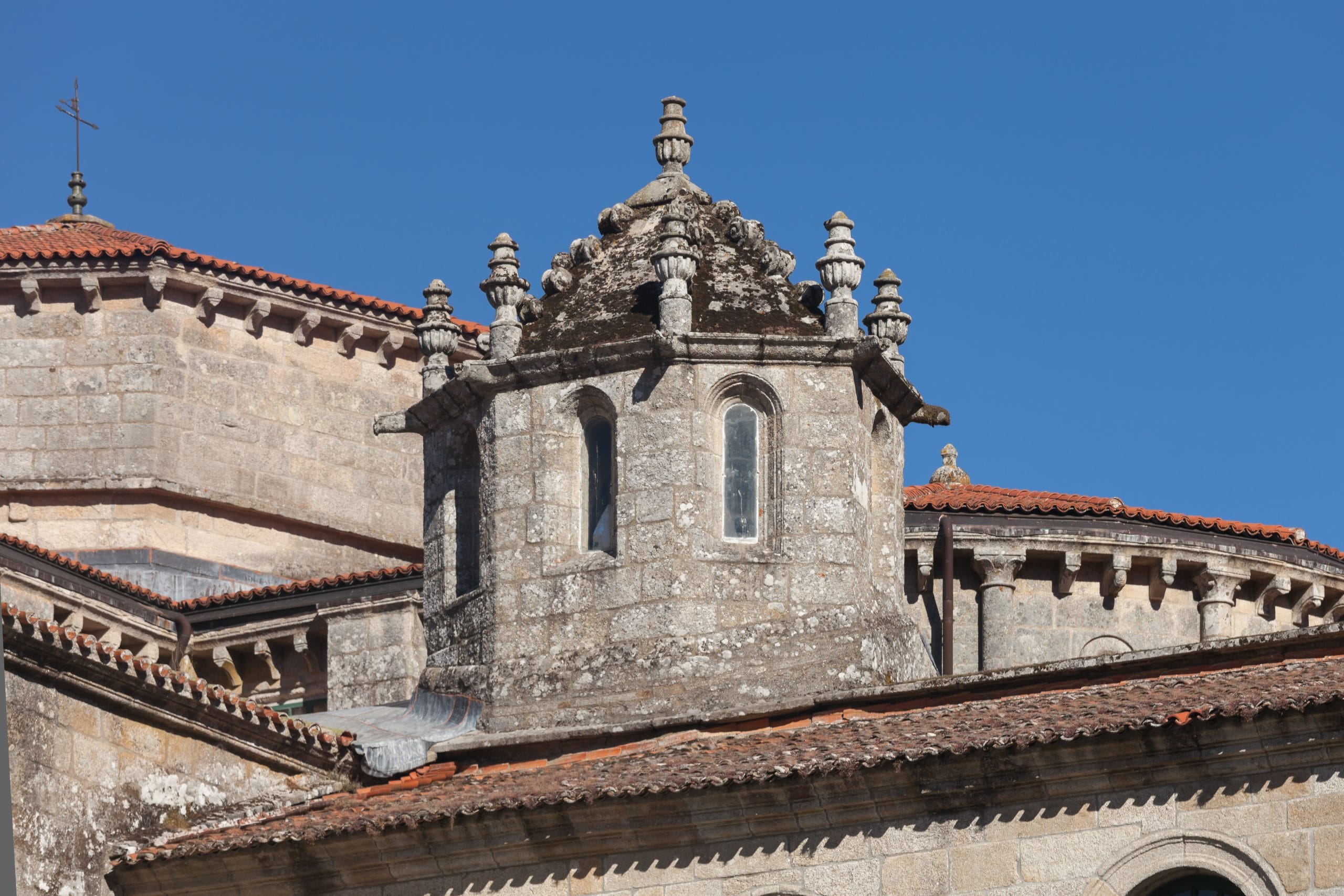
The Pyrenees Mountains
The Camino crosses this mountain range, which offers stunning views.
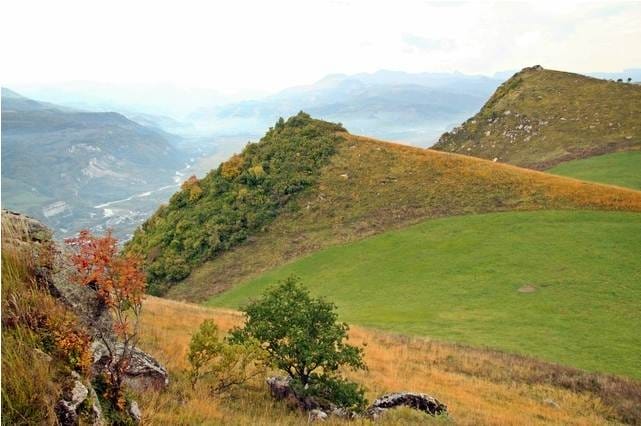
Church of Santa Maria, O Cebreiro
The Church of Santa Maria in the village of O Cebreiro, is a wonderful pre-Romanesque designed church filled with much history to discover, making it a great stop off point.
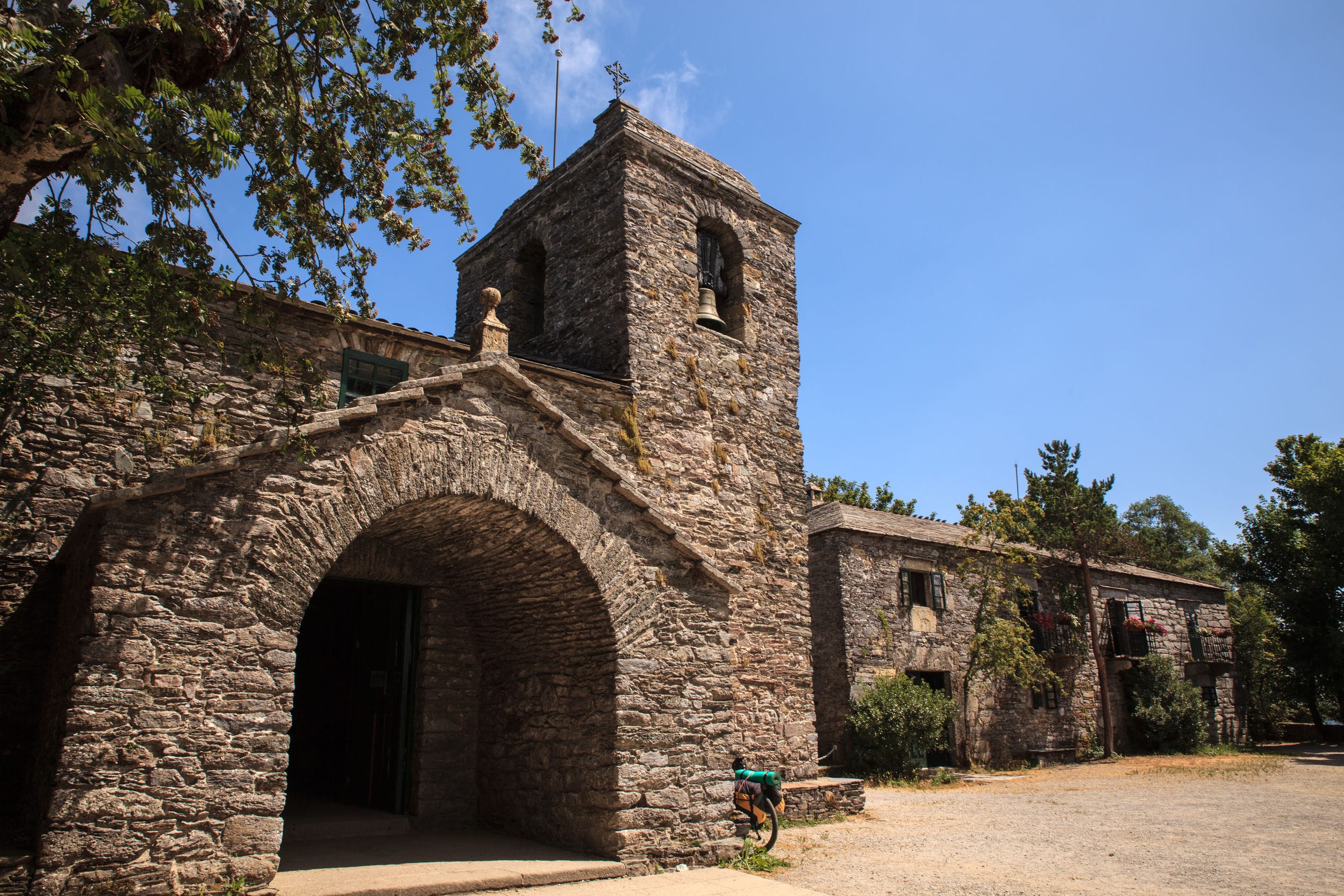
Wildlife
The Camino Frances has it’s own set of habitats containing flora and fauna unique to that area. A variety of mammals can be spotted, particularly in the Pyrenees. You may be lucky enough to see wild boars, deer, weasels, squirrels, shrews, hares and rabbits. Also a variety of birds can be found such as owls, hawks, eagles, storks, quails, vultures and partridges. Wolves and snakes are present but rarely spotted as they tend to stay away from humans. Lizards are a common site on the Camino Frances, particularly in the summer months.
It is important for pilgrims to respect these animals and their habitats, and to avoid disturbing them and their nesting sites.
Plant life on the Camino Frances is also rich and varied, as the route passes though several regions and types of terrain. Commonly spotted are wildflowers, various trees, grapevines, cacti, and ferns.

History of the Camino Frances
This story begins in Jerusalem, with King Herod of Judea sentencing Saint James the Apostle to be beheaded. After this beheading, the saints remains were sent off on a magical boat made of stone, with no sail, along with his disciples to the ‘the End of the Earth’ (which Galicia was referred to at this time, as Europeans had not yet discovered the Americas). He was buried here for some time, with little attention given to his grave.
One night, there was an apparition. The night sky filled with a glowing cluster of stars, which pointed to the small tomb. This led to the discovery that the Apostle was laid to rest here. A shrine was then erected and a cathedral built in his honor, the Cathedral of Santiago de Compostela.
In the years following this, pilgrims started to come from all over the world to pay their respects and pray at Saint James’ final resting place. With that, the Camino de Santiago was born.
During the 11th Century, the Camino Frances began to properly take shape, with monasteries and churches being built along the way. The Camino Frances was also officially recognised by the Catholic Church which at the time helped to increase it’s popularity. The Camino Frances became a major pilgrimage route, with thousands walking the trail each year, many coming from France, earning it the name “Camino Frances”, which translates to “Way of the Francs” or “The French Way”.
Popularity of the Camino began to decline around the 19th century, but the pilgrimage had a resurgence in popularity in the 1980s due to an effort to restore and promote the trail. Today, the Camino is one of the most popular pilgrimage routes in the world, attracting pilgrims from all walks of life, both secular and non-secular.
Did you know?
Originally, once pilgrims had completed the walk, they would bring back a scallop shell from the Atlantic Ocean as a memento from the Camino. This is why today the symbol for the Camino is still a scallop shell. Nowadays, when Christian pilgrims arrive they are given a ‘Compostela’, a stamped official document written in Latin to prove they have walked the Camino. Non-Christian pilgrims also receive a certificate. The requirement for the Compostela is that you walk 100km, or cycle 200km of the Camino.
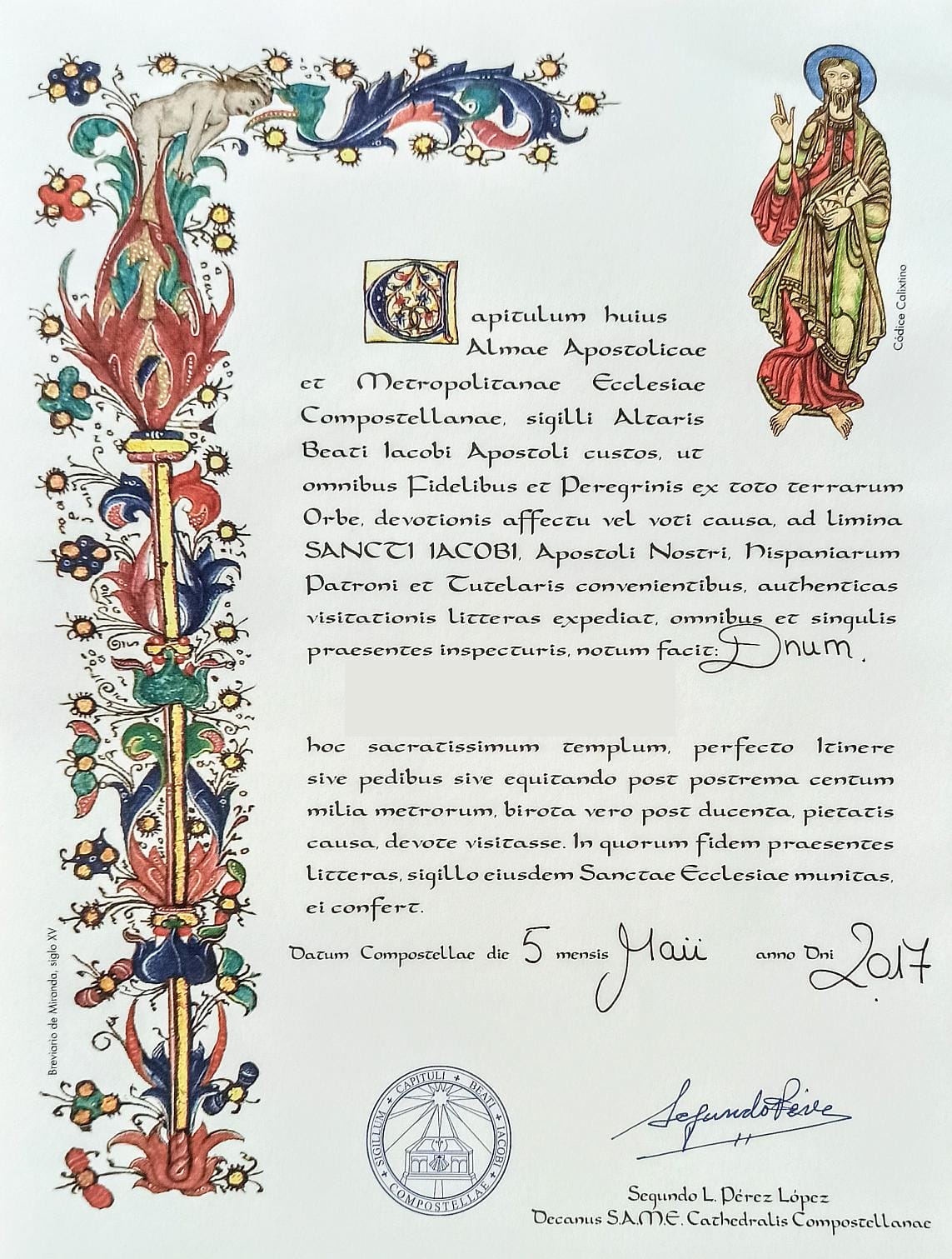
The Camino Frances Pop Culture
Film and TV
The Way
Directed by Emilio Estevez and starring Martin Sheen, ‘The Way’ is an inspirational film about a father who walks the Camino de Santiago after the death of his son in the Pyrenees. The film was released in 2010 to critical acclaim.

O Apóstolo
‘O Apóstolo’ is a 2012 Spanish stop-motion, fantasy-horror film about an escaped convict who returns to a small village (along the Camino) to find the ill-gotten gains he stashed there. Along the way he encounters some sinister spirits.
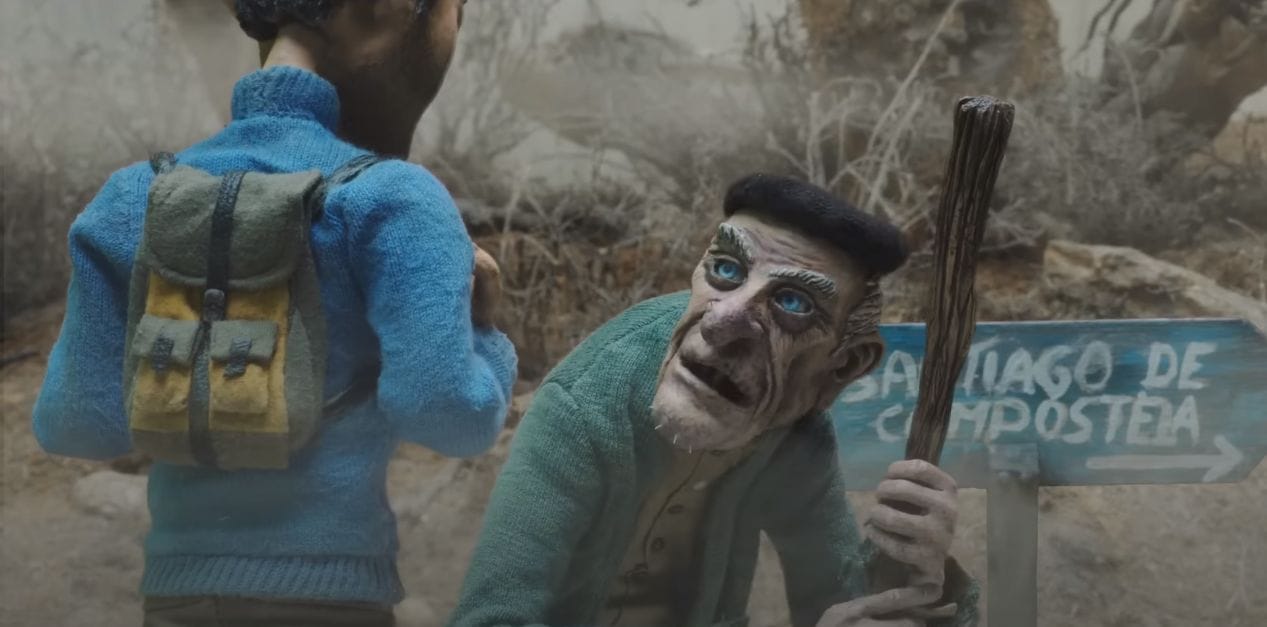
I’ll Push You
Released in 2016, this documentary follows the story of two friends as they follow the entire Camino de Santiago. The catch – one of them is wheelchair bound. This is an inspirational film about love, compassion and friendship.

Saint-Jacques… La Mecque
In this 2005 French comedy, three siblings who don’t get along must complete a pilgrimage together in order to receive their inheritance.
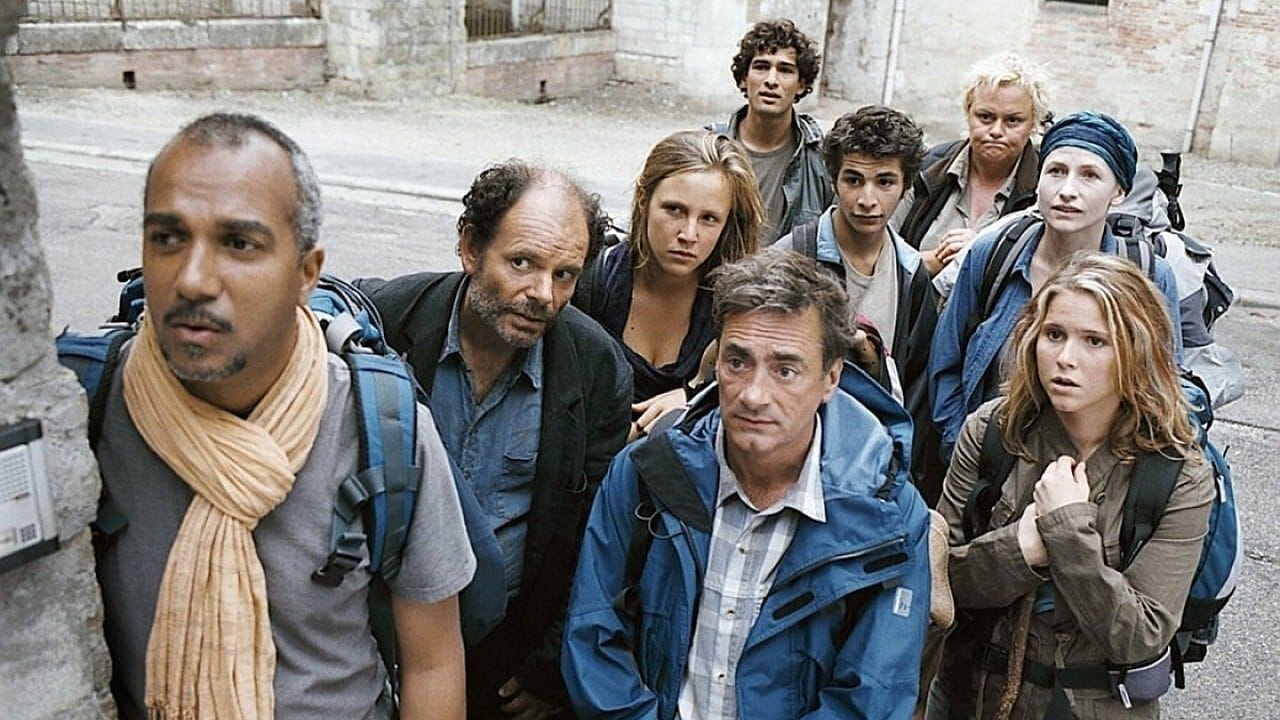
Books
Steps Out of Time – One Woman’s Journey on the Camino by Katherine B. Soper
A highly evocative reflection on the authors spiritual journey as she walks the Camino de Santiago. The book offers insights and inspiration for readers interested in pilgrimage and spiritual growth.
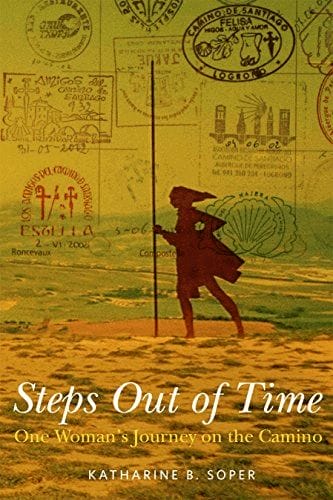
The Pilgrimage – Paulo Coelho
The book is a memoir of the author’s pilgrimage on the Camino de Santiago, and it is interspersed with teachings and wisdom from various spiritual traditions. Some say you must read both this and it’s companion novel ‘The Alchemist’ to fully comprehend either book.
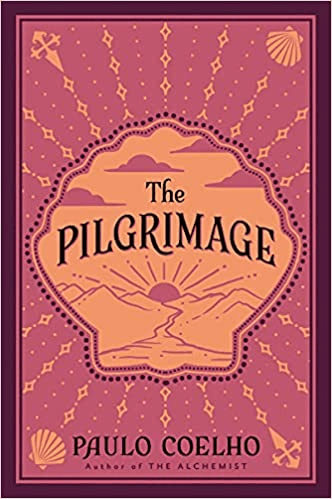
Food and Drink
Tempranillo
Known for wine that “doesn’t give you a hangover”, Spain is home to several delicious wines particularly in the La Rioja region. Typically, Tempranillo has notes of dark fruit such as cherry and plum as well as notes of tobacco, leather and vanilla.

Rioja
From the La Rioja vineyards, this wine builds on a base of the aforementioned Tempranillo and has notes of dark berries, dark cherries, and a high acidity.
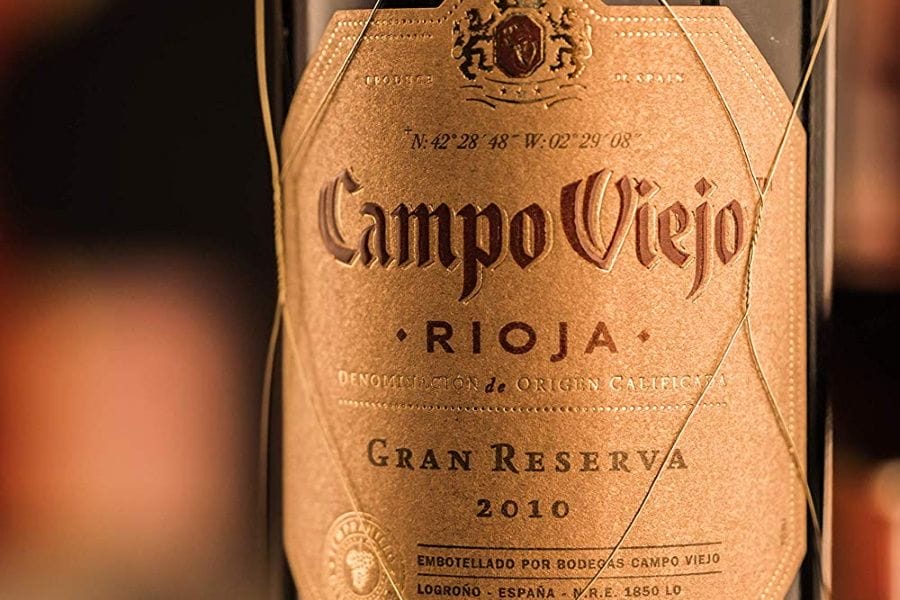
Polbo á Feira / Pulpo a la Gallega
A traditional Galician octopus based dish that’s absolutely delicious and is a must try!
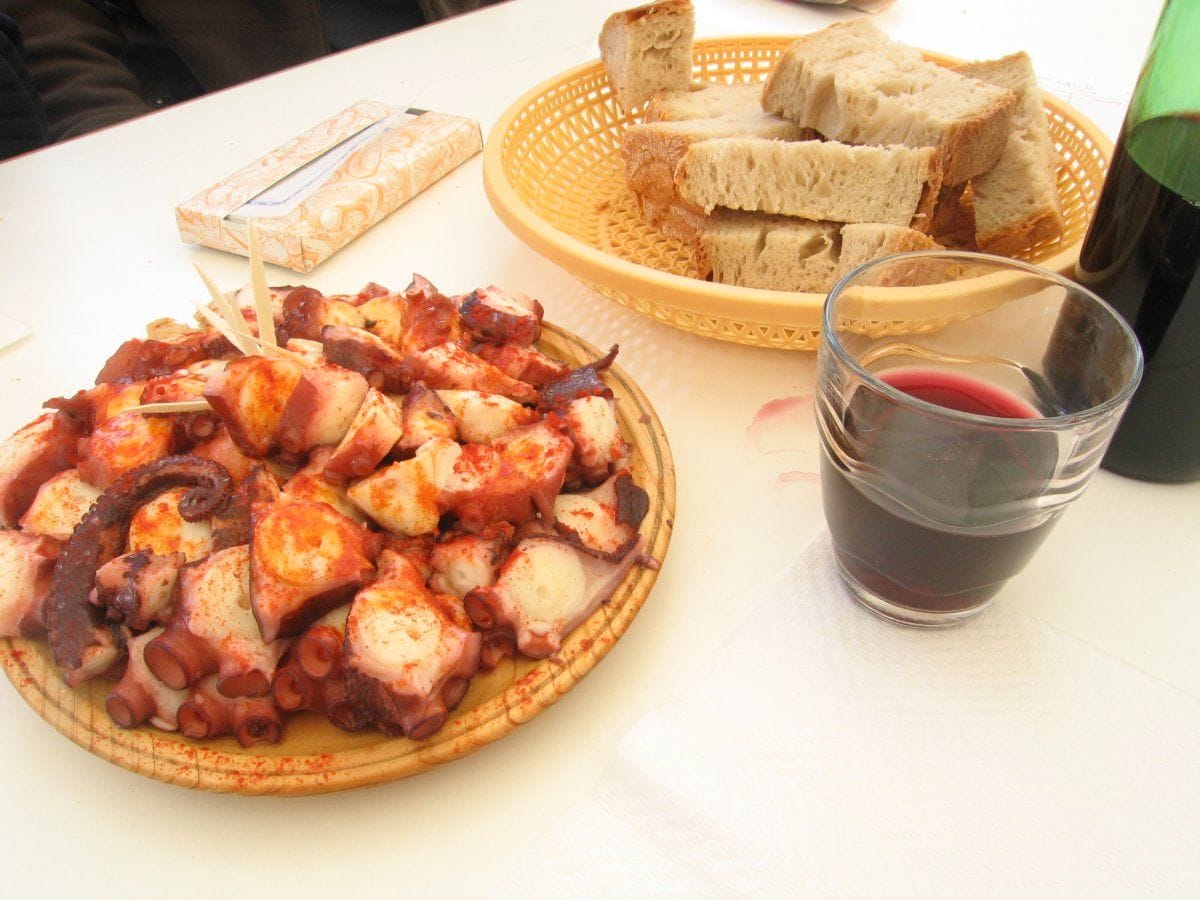
Tetilla Cheese
A soft, cow’s milk, cheese closely associated with Galicia.
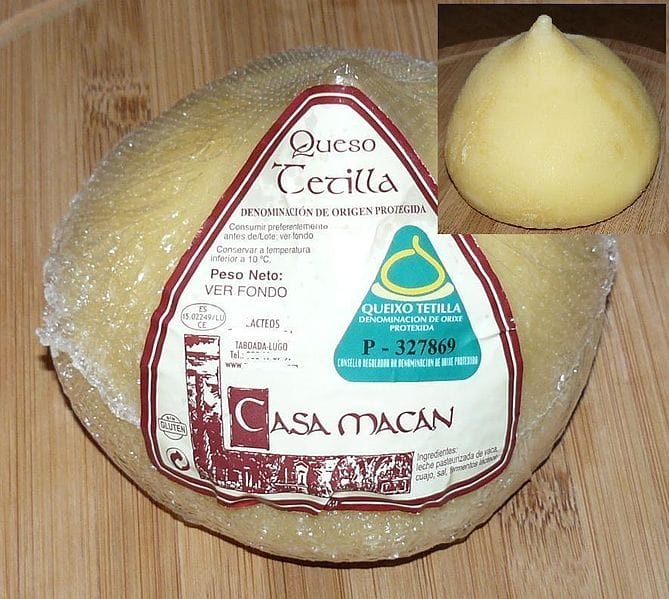
Seafood
Seafood is so popular in Galicia they even celebrate it with a festival – Festa do Marisco (Seafood Festival). This was established in 1963 and declared a Festival of National Tourist Interest in the 1980s.
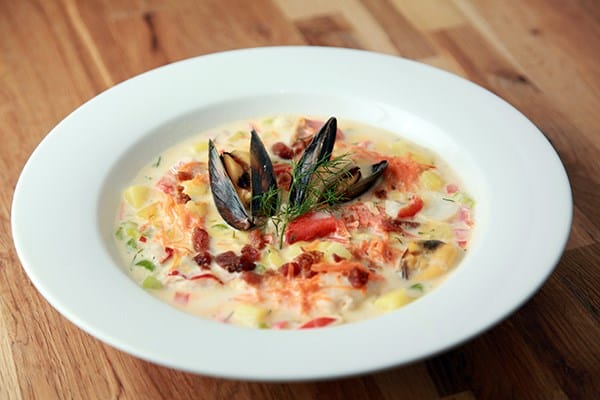
Is the Camino Frances Vegan Friendly
The vegan diet has become more and more popular throughout Europe in recent years, and you will find that there are plenty of vegan options available in most eateries. Each of the accommodation we work with at Hillwalk Tours have given us their guarantee that vegan breakfasts will be catered for once they have been informed. That being said, some of the more rural locations of the trail may have limited options so we advise bringing certain items such as plant-based milk, nut butters or protein powders if you so choose.
In addition, the following apps show restaurants which offer vegetarian and/or vegan opions:
Other Pilgrim Trails
There are various other pilgrim trails available to you once you have completed the Camino Frances. Here are some other pilgrim trails we offer and which form the larger Camino de Santiago walking route network:
Camino Frances Tips and FAQs
Probably one of the most common questions asked when walking the Camino Frances or any trail for that matter is – what will I pack?
Once you have fully booked your Hillwalk Tours hiking holiday, you will receive a detailed ‘recommended equipment’ list inside your Walking Pack. For those who are still unsure of what to bring, here are some of the things we advise you bring with you along the Camino Frances:
– Waterproof Clothing
– Fleece and other warm clothing
– Base Layer
– Light, comfortable Trousers
– Wicking Socks
– Suitable Hiking Boots
– Backpack/Rucksack
– Hat and Gloves
– First Aid Kit and Foil Blanket
– Whistle and Torch
– Insect Repellent
– Mobile Phone
– Plug Adapter/Converter
For more on what to pack – check out these packing musts.
If you are thinking of bringing your four-legged friend with you, it is important to note various situations. It is advised that dogs are always kept on a short lead and close to their owners. Although there are no restrictions on bringing your furry friend with you on your pilgrimiage, it should be noted that there are stray dogs and wild animals that my pose a confrontation with your dog. It is imperative to keep an eye out for signage along the way that may forbid dogs on certain parts of the trail. The Spanish Summer can be very hot which could be uncomfortable for your dog. The majority of accommodation providers on the Camino Frances do not allow dogs inside. Realistically, it may be more hassle than it is worth, and it might also distract you from taking in the spectacular views and remaining in the present moment.
In addition, due to most of the accommodations we work with not accepting pets of any kind, it is not possible to bring any pets, such as your dog, on a Hillwalk Tours hiking holiday.
The Camino Frances is generally considered a safe route. Dangerous animals tend not to come near the main paths of the Camino Frances as they avoid humans. As the Camino Frances is quite a busy trail you should never feel isolated or vulnerable.
If you experience any difficulty or an emergency of any level, it is advised that you phone the relative emergency services on 112.
For those who have fully booked their Hillwalk Tours hiking holiday on the Camino Frances, we provide 24/7 on-call support to all of our customers and you will also receive a detailed description on how to remain safe on your hike.
Yes, solo hikers are more than welcome to complete the Camino Frances and the trail proves to be quite popular for solo hikers. However, due to the limited availability of single rooms along the trail, it is important to note that booking early is recommended, in addition to a single supplement charge also being applicable.
We believe that the beauty of the Camino Frances should be enjoyed by everyone. With this in mind, we designed our hiking tours to cater for practically all levels of fitness. Our range of ‘Gentle’, ‘Moderate’ and ‘Challenging’ hikes in all regions allows you to decide how far you wish to walk each day and the pace you set. So, whether you are a novice walker or an experienced hiker, we always have a tour to suit you.
Yes! Lot’s of people chose to make the pilgrimage on bike. It is important to note that to receive your Compostela that you will need to do 200km as opposed to the 100km required by walkers of the Camino Frances.
Generally, our tours take place between the months of March to October to hopefully allow for good, dry weather and longer days of daylight while you carry out your tour. This will hopefully ensure that you enjoy your hiking experience with us to the fullest.
Our 7-Day tours include 6 nights of accommodation – specifically the first 6 nights on your hiking tour. Your tour finishes on the seventh day when you check out of your last accommodation. These 7-Day tours include 5 days of hiking. The first and last days of all our hiking tours are travel days used to transfer to/from the town where your hike will begin/end. If you would like to hike for 7 days, simply select one of our 9-Day tours.
Camino Frances Image Gallery

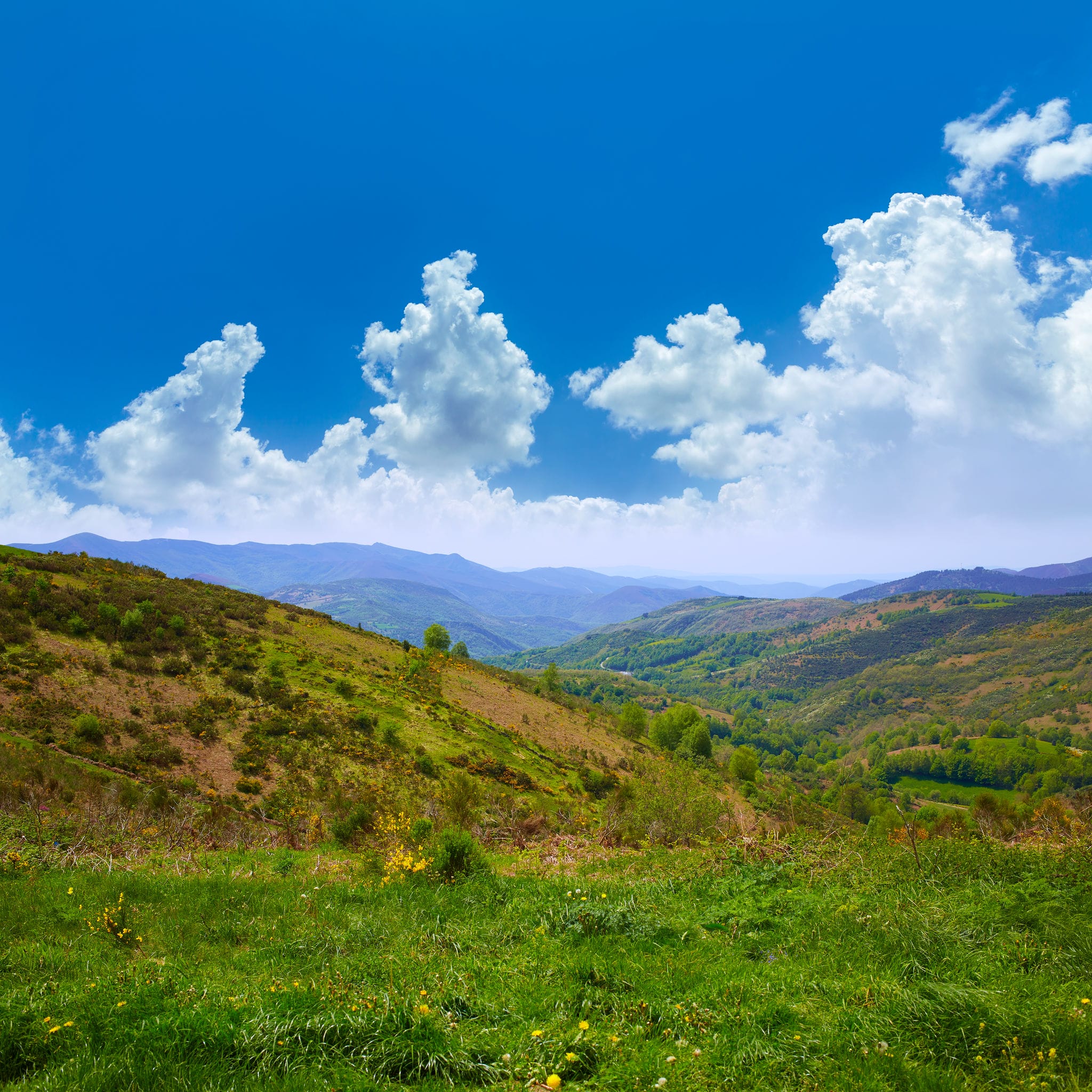

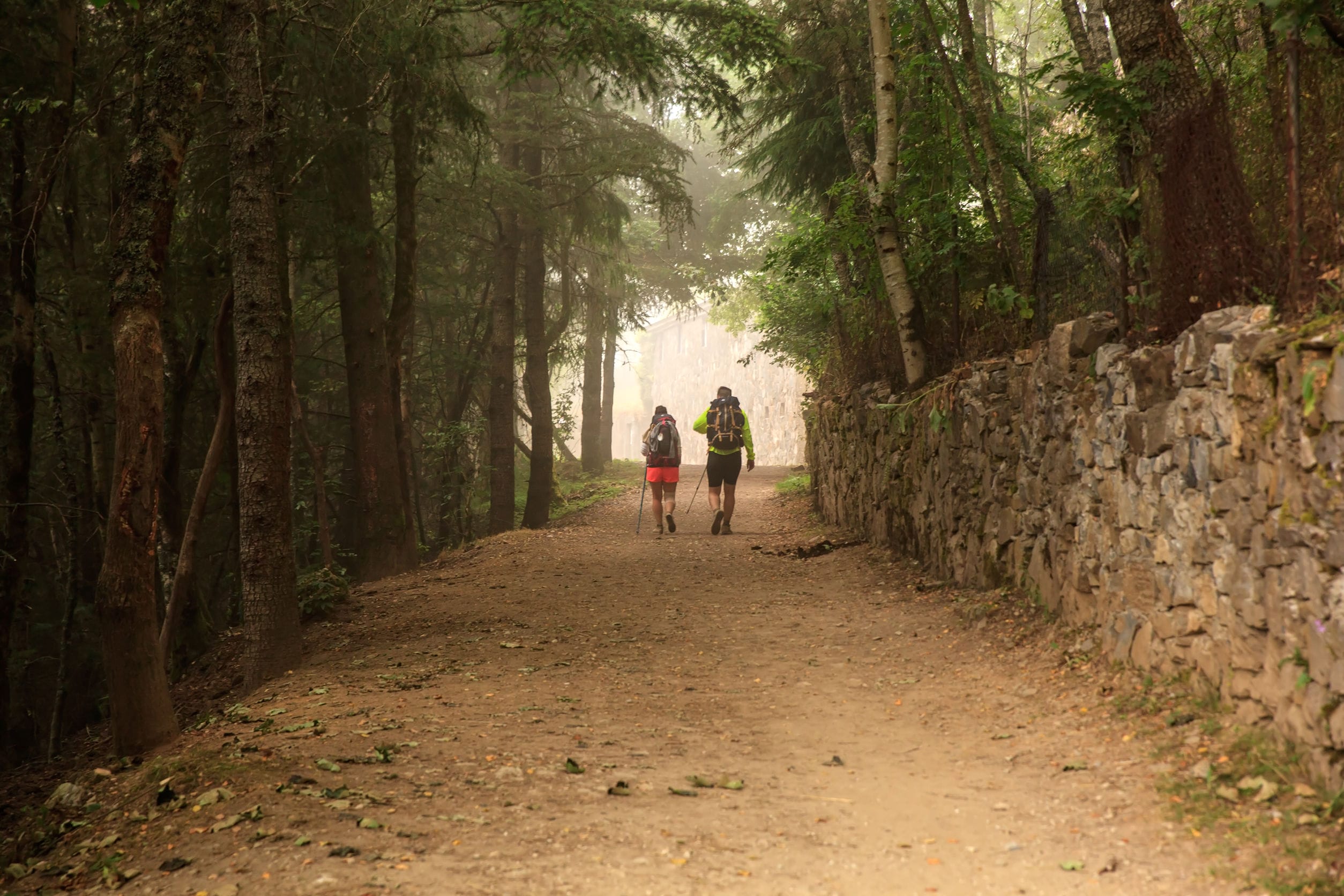





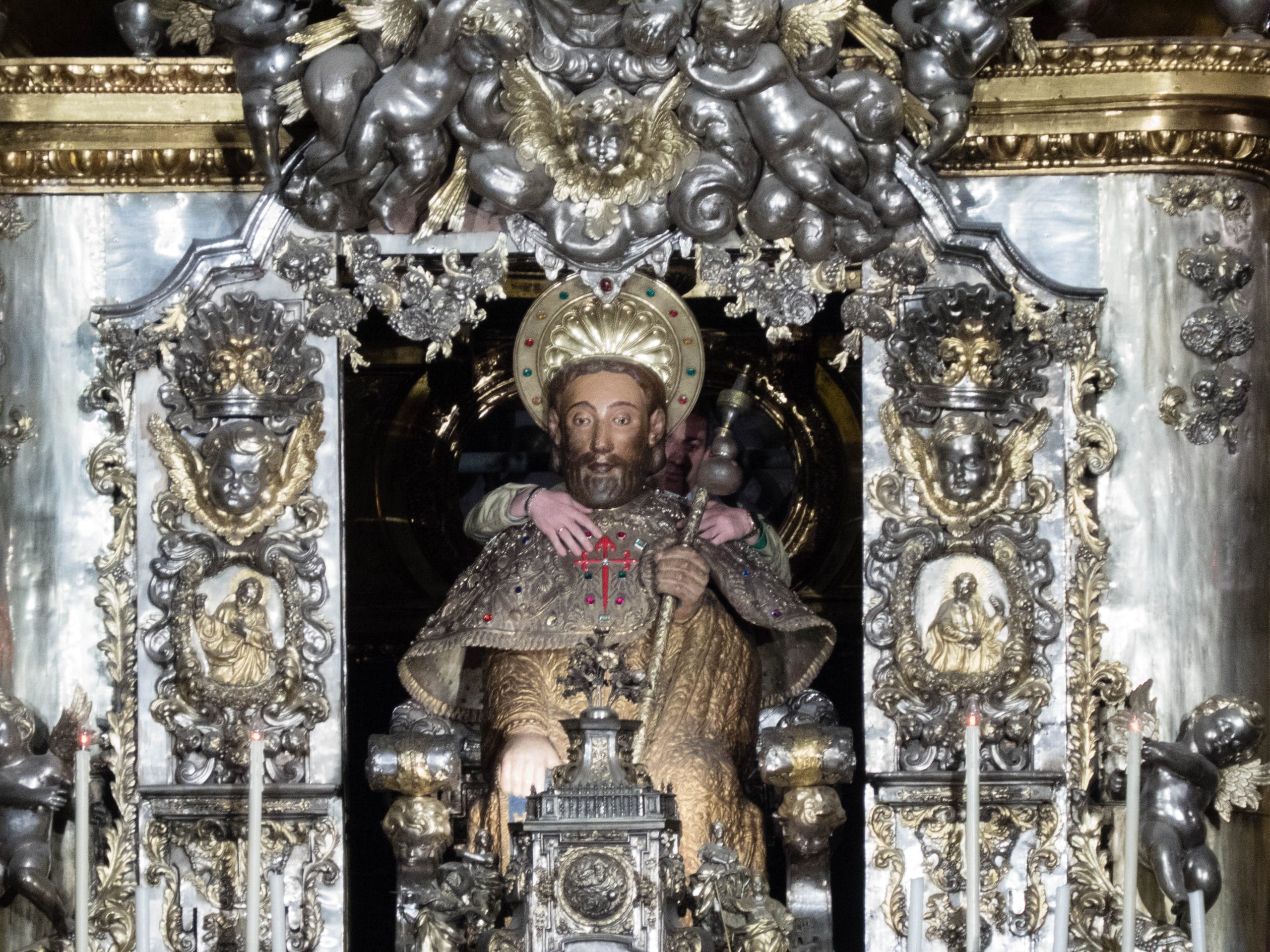


Hillwalk Tours
About Us
Hillwalk Tours is an award-winning walking tour operator which specialise in self-guided walking holidays in Ireland, Scotland, England, Wales and along the Camino de Santiago in Spain. Our goal is to create happy experiences for all of our customers, suppliers & staff.
Fill out the form below with any questions you may have on the and we will get back to you promptly.
Follow us on our social media platforms
Leave No Trace
We like to walk in nature and since you are reading this – we believe you do too! It is important to ensure that our impact on the environment is limited so that hikers can enjoy the same view after us. The rule applies: when you leave, make sure that nature looks the same as when you arrived or simply put “leave no trace.” As more and more people take to the great outdoors, our collective mark on the environment increases.
What does this mean in reality? Of course, do not leave any rubbish or waste behind. Do not collect stones, flowers, or other “souvenirs”. Don’t carve your name on a tree or break branches… I think you get the drift. It is imperative for walkers to play their part in making sure litter, damage to vegetation and all forms of pollution are limited.
Noise can also be a form of pollution. Whoever walks through a forest talking and laughing loudly, for example, ruins the peace and quiet of other walkers, who can no longer hear the birds. The same goes for cell phones that suddenly start ringing. Keep the volume down and respect your surroundings. Ultimately, the point is to ensure that as many people as possible can enjoy walking through nature. So that applies to you, but also to those who tread the path after you.
Hillwalk Tours proudly supports sustainable tourism and loves the countryside as it is – wild, peaceful and clean. We are proud to support the “Leave No Trace” initiative that aims to preserve the natural beauty of each nations countryside where we offer hiking holidays. We try to create happy experiences for our accommodation too, and the restaurants, shops and taxi companies that serve our walkers. These are often small businesses located in isolated areas that have been left behind by urban migration and a lack of investment in rural regions. Their warm hospitality and friendly welcomes epitomise the magic of a Hillwalk Tour and we’re dedicated to helping keep these rural communities alive.
The Benefits of Hiking
In recent years, walking and hiking outdoors has been widely reported to have numerous physical and mental health benefits. The following are examples of some of these benefits:
Improve strength and fitness
- Weight loss
- Muscle gain
- Improve metabolism
- Improve digestion
- Better quality sleep
- Increase in Vitamin D
- Improve discipline
- Sense of achievement
- Living in the present moment
Hiking Equipment List
For a more in-depth list of recommended hiking equipment list, click here.


